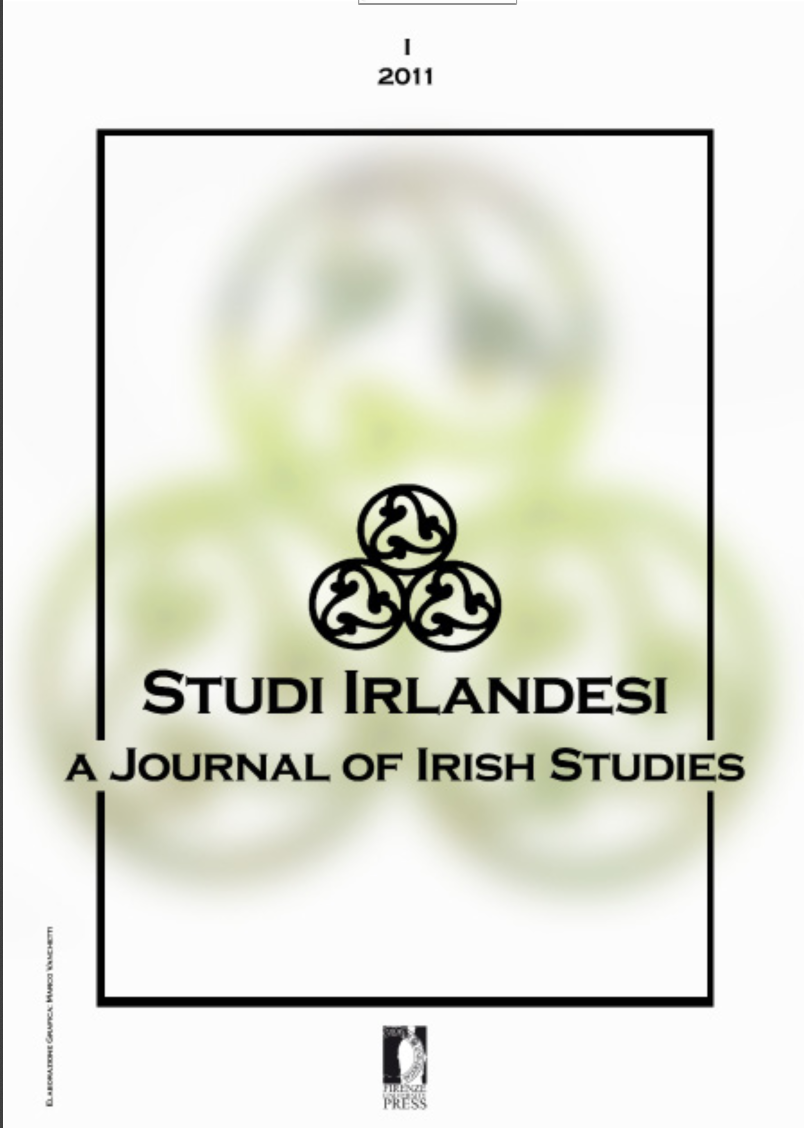Althea Gyles’ Symbolic (De)Codification of William Butler Yeats’ “Rose and Wind Poetry”
Published 2011-08-04
How to Cite
Abstract
In 1897, Yeats’s The Secret Rose was published in London by Lawrence & Bullen, while two years later, in 1899, the London editor Elkin Mathews published The Wind Among the Reeds. Both volumes are extremely interesting, not only for their acknowledged poetical value but also for their material worth. This is due to their elaborate designs: gold stamps on the spine and cover 1897 edition of the Secret Rose and intertwining reeds on The Wind Among the Reeds cover. Both were done by the Irish artist Althea Gyles (1867-1949). Gyles was frequently described by Yeats as a “symbolic artist” producing a “symbolic art” (Memoirs: Autobiography – A First Draft, 1972). Her paintings deeply influenced Yeats’s symbolical and imaginary system, to such a degree that they formed its perfect iconic counterpart. Following this hypothesis, Antonielli concentrates on Yeats’s main esoteric topoi, symbols and images emerging from the poems in The Secret Rose and The Wind Among the Reeds, and on their ‘translation’ into Althea Gyles’s iconic visions and artistic output. She examines how Yeats’s poems were clarified or further complicated by Gyles’s corresponding designs and how Yeats and Gyles, through their own peculiar artistic expressions, exemplified a shared symbolic vision of phenomenal reality.


